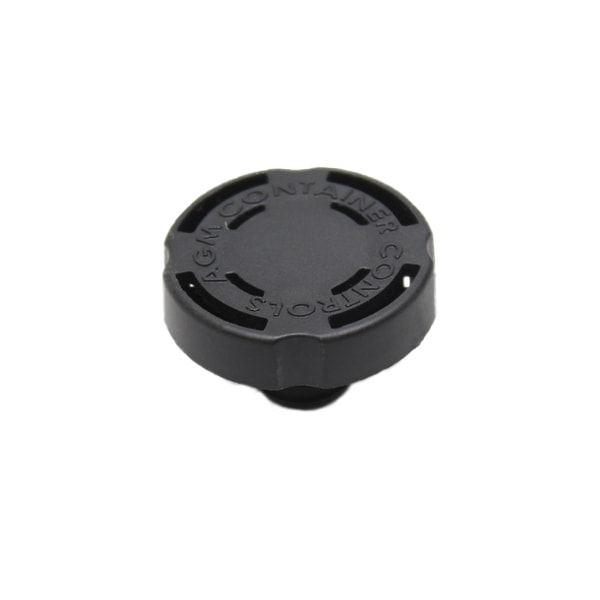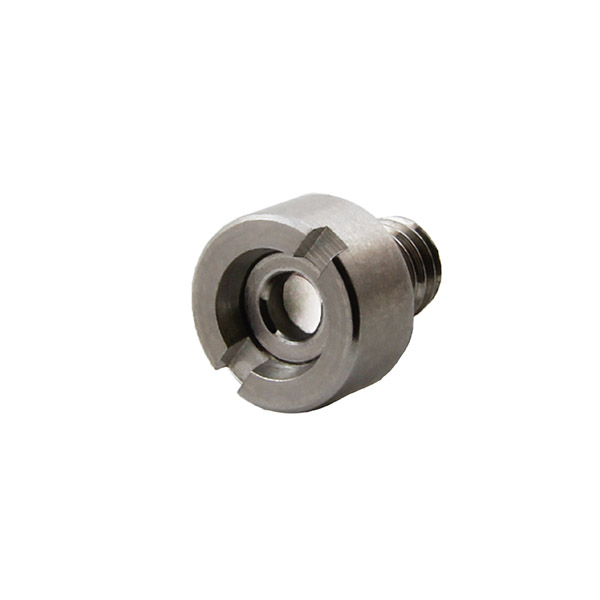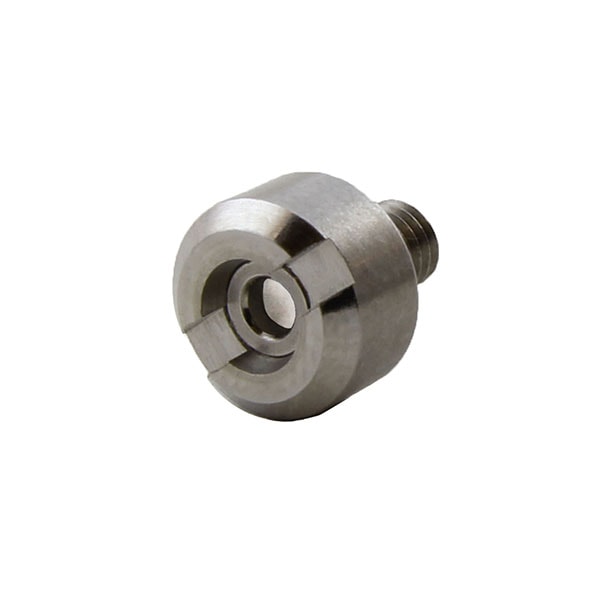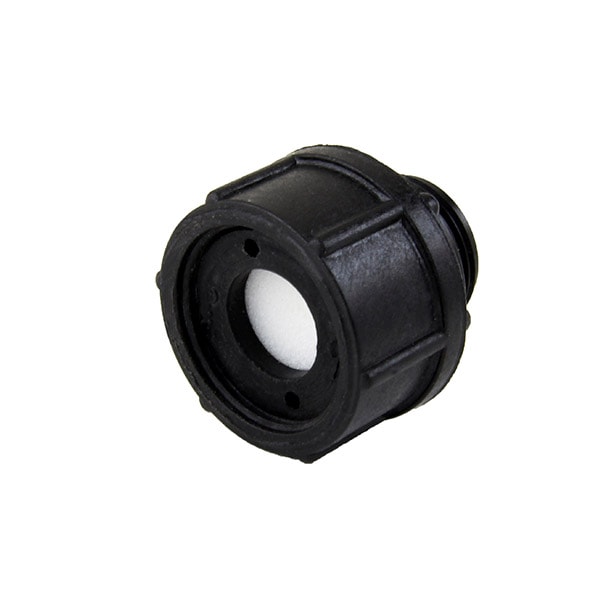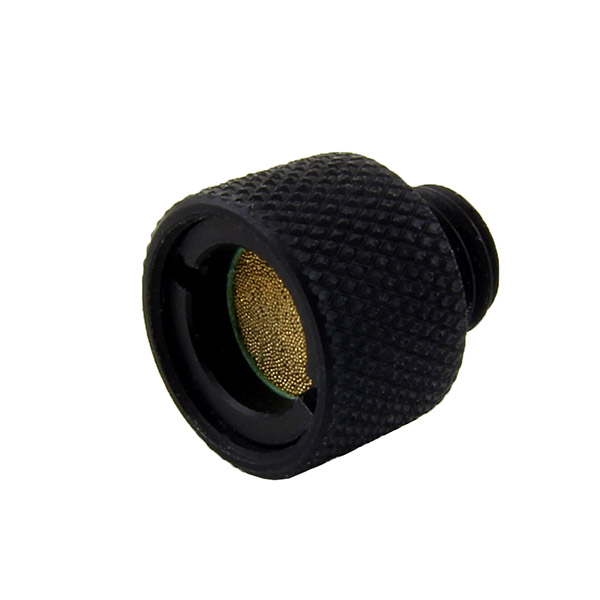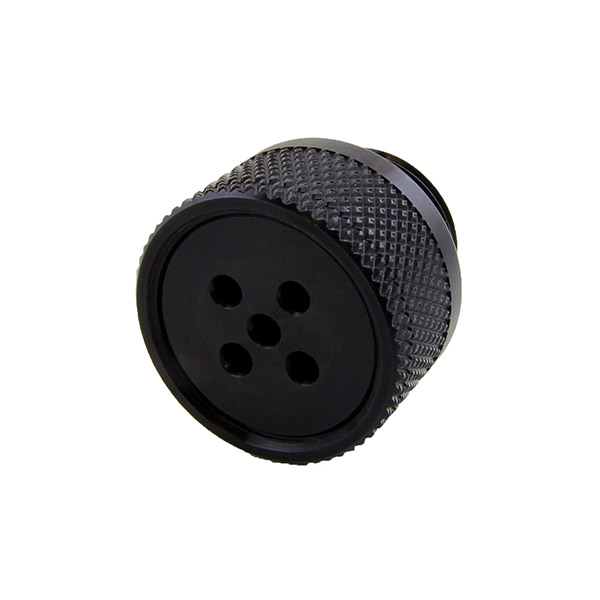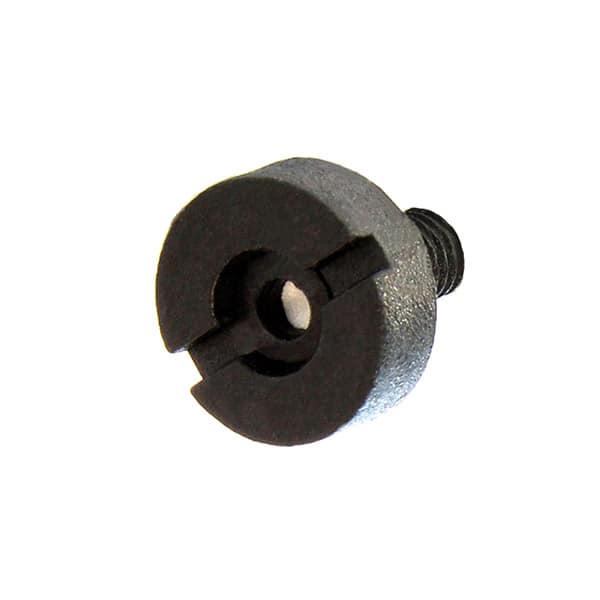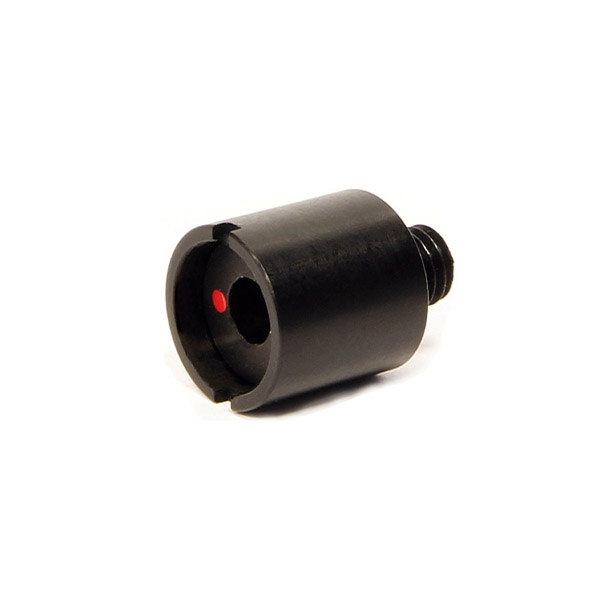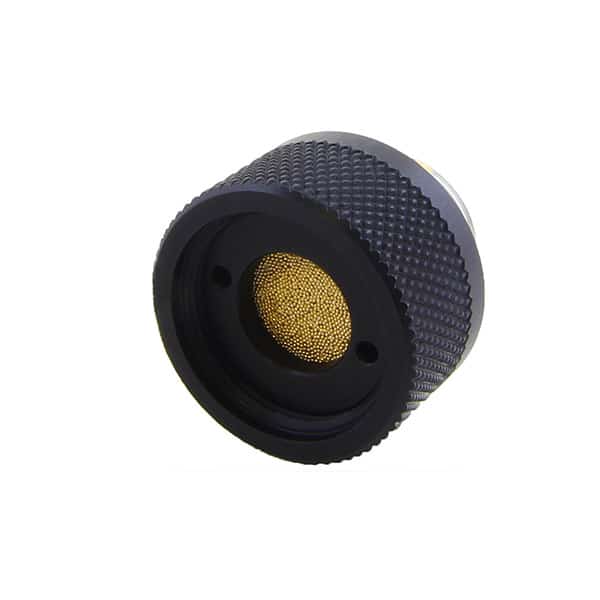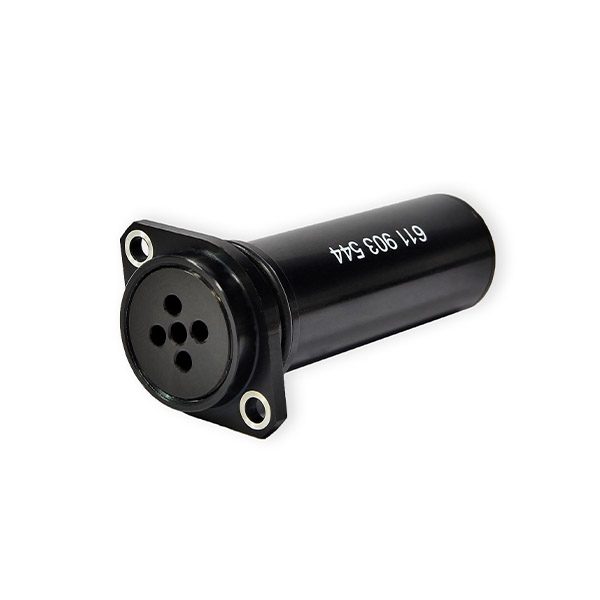Trouble finding a product?
Contact us.
Immersion Proof Breathers and Protective Vents
Immersion proof breathers, or protective vents, are “free breathers” that permit air pressure equalization, and stop liquid water.
- Container Access
- Corrosion Prevention
- Humidity Monitoring
- Moisture Control
- Moisture Purging
- Pressure Control
- Shelving & Straps
- Shock Monitoring
Find What You're Looking For
It’s a lot, we know. If you’re looking for something specific or aren’t sure what you need, try searching through all products or give us a shout and we’ll help!
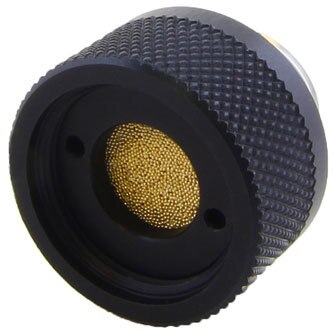
What is an Immersion Proof Breather?
Immersion proof breathers, also known as protective vents or waterproof breather vents, are “free breathers” that permit air pressure equalization, but keep out liquid water. Essentially, these vents allow air and other gasses to pass through its membrane while stopping liquid water from entering an enclosure.
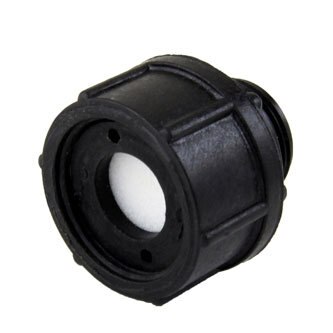
How Do Immersion Proof Breathers Work?
Immersion proof breathers are free breathers, meaning that they possess no moving pieces using pressure as a catalyst for operation. Instead, immersion breathers freely allow air to pass through a membrane that blocks dust and liquid water, thereby equalizing pressure before differentials generate. This membrane stopped liquid water from entering an enclosure through the valve even when submerged in water.
It is important to note that the membrane will not prevent water vapor (or other gases) in the air from entering – or exiting – an enclosure through an immersion breather. Furthermore, in the event of rapid temperature drops, when there is insufficient time for water vapor to exit through the breather, moisture inside the enclosure may condense.
While an immersion proof breather will not maintain as dry of an environment as a breather valve with desiccant, the immersion breather is maintenance-free.
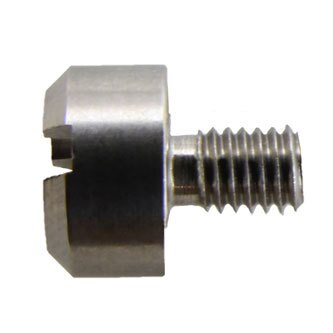
Benefits Of Our Immersion Proof Breathers
The benefit of an immersion proof breather is that enables pressure and vacuum relief without allowing liquid water ingress. For this reason, immersion proof breathers are commonly installed in cases and enclosures that are subject to submersion or that may experience direct streams or great amounts of water.
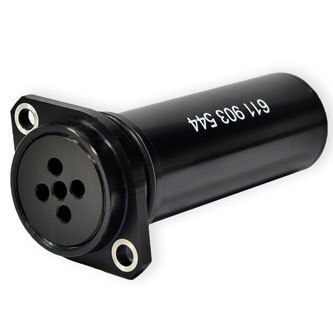
Immersion Breather Flow Rates
Knowing the flow rate of air required for a given enclosure is important, as this will help determine the breather you need.
AGM Engineering can help you to determine which breather is right for you. You’ll need to know the expected range of temperature change, air volume inside your enclosure, and the duration of time over which temperature changes. Note that at a steady temperature state, air will not flow in or out of the container, unless a pressure differential from another source is applied.
Characteristics & Industry Applications
Membrane keyboards and similar pressure-sensitive equipment are often required to operate under adverse environmental conditions, one of which might be immersion underwater. This has resulted in a need for a breathing device like an immersion proof breather or protective vent that permits air pressure equalization but protects the equipment from liquid water intrusion.
Immersion protection can be provided for liquid water depths of up to 1 meter for as long as 24 hours. Over shorter periods, some immersion proof breathers or protective vents can withstand water pressure differentials up to 15 psig. Typical operating temperatures are -40°F to 257°F. Breather flow rates can vary from 150 cc per minute to 5000 cc per minute at 1 psig differential.
Note: Solvent and oil-resistant immersion proof breathers are available.
Typical Industry Applications
Immersion proof breathers are commonly used in applications where occasional condensation will not cause a problem and where replacing desiccant is either not possible or desired. Since immersion proof breathers are smaller than breather valves and flow air constantly (because they don’t seal) they’re more commonly used on smaller enclosures containing contents that are typically more moisture resistant.
This can include:
- Computer keyboards
- Meteorological instruments
- IP enclosures
- Gearboxes and transmissions
- Handheld terminals
- Battery housings
- Azimuth sealed devices
- Equipment needing protection from hose down requirements.
The use of immersion proof breathers is common among the same industries as our other pressure control products (e.g. breather valves), this includes:
- Aerospace
- Space
- Defense
- Shipping & Logistics
AGM Custom Engineering, the solution to any problem.
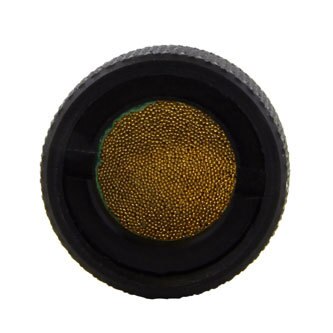
FAQs
No, immersion proof breathers block the passage of liquid water but do not stop water vapor.
How long an immersion proof breather can be submerged depends on the rating of the specific breather. Generally, the submersion time is a minimum of one hour.
How deep an immersion proof breather can be submerged depends on the rating of the specific breather. However, there are breathers that are rated to a depth of 1 meter.
Yes. The smallest immersion proof breathers that we currently offer are the mini-immersion breathers. Our mini immersion proof breathers range in size:
- Diameter: ~5.5mm to ~28mm
- Length: ~8.5mm to ~26mm
Please contact our team to ask about custom size
Find What You're Looking For
It’s a lot, we know. If you’re looking for something specific or aren’t sure what you need, try searching through all products or give us a shout and we’ll help!
